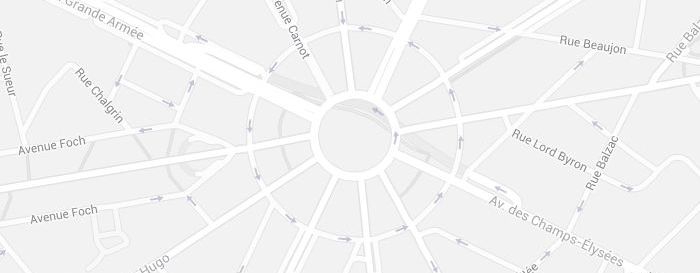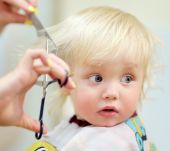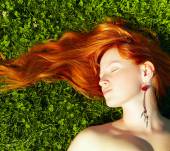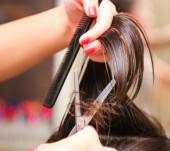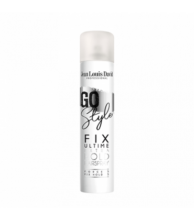
[Hair story]: the chignon through the ages
When it comes to timeless hairstyles, the chignon rules. Either worn as a top knot, to one side, slicked back or de-styled, buns have always reinvented themselves to give us a practical yet stylish look. We take a look back at how it has changed.
A man’s hairstyle in Antiquity
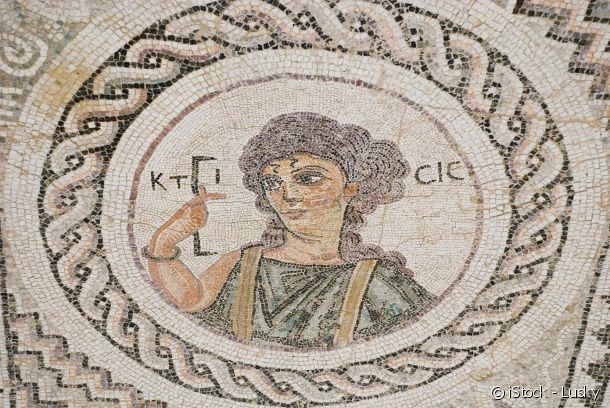
The chignon has been around since classical Antiquity. Back then it was a men’s hairstyle which priests wore as a sign of their profession: basically, the ancestor of the man bun ! Then, it became commonplace and unisex in Mesopotamia where it was worn small and low as a new social marker: that of servitude. As the earliest Christians appeared, the chignon became specifically feminine. It was a hairstyle which noble young women wore as a sign of their high social standing. This was consolidated in Roman Egypt where the chignon became the preserve of royalty. They coupled it with curls on the forehead and top of the head. After having become extremely popular, it ended up disappearing at the end of the 2nd century to make way for accessories such as tiaras, silk ribbons and gold pearls.
A comeback in the 18th century
The chignon made its big comeback as if it had never sunk into oblivion. Still full of curls, it kept the nape of the neck free, as the curls were brought up on top of the head. It was an elegant hairstyle worn by working women. It was often worn with a small hat worn on the side of the head with a lace trim and silk ribbon. At the end of the century the chignon was once again dropped, this time with the arrival of wigs and hairpieces which made it possible to create the exuberant hairstyles which were the height of fashion.
Heading towards the floaty 19th century chignon
Gradually, the tight chignon started to rebel and come undone. A new trend appeared, that of long Louis XV-style chignons with locks tumbling down the nape of the neck. After becoming slacker, the chignon went wild in the hands of women of all classes who had fun decorating them with false braids, curls and other creative ideas.
20th century: the century of all variations
In the early 1900s, the topknot was knocked off its pedestal and the hairstyle became progressively lower. Hardly surprising, as short hair had become more popular and chignons rarer.
The Charleston chignon
In the 1930s, the hairstyles got longer and women revived the chignon with the floaty version which they wore to one side. Finger waves gave an alluring look to the classic hairstyle.
From the 40s to the 50s: the reign of the French twist
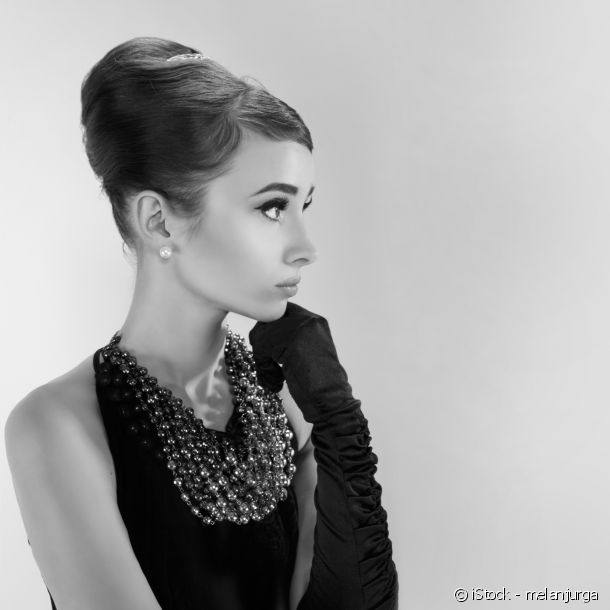
Embodied by the sex symbol Rita Hayworth and her victory rolls (pin-up curls) lifted up into a French twist, the chignon became a cult hairstyle once again. Later on, other icons such as Grace Kelly and Audrey Hepburn wore it in glamorous versions, without a hair out of place . The locks were put up in a ponytail, twisted and lifted up to the top of the head before being held in place impeccably for an elegant look.
From the 60s to the 70s: the BB style backcombed chignon
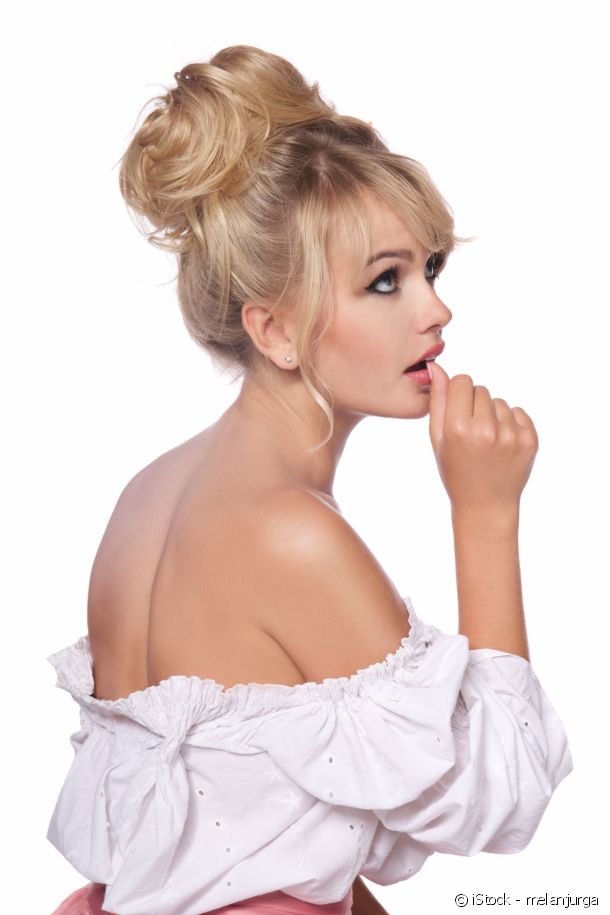
In the 60s, Brigitte Bardot set off a new trend. The chignon went XXL with a big backcombed mass of hair on the top of the head as its basis, enhanced by a high floaty chignon. The deceptively de-styled hairstyle made the beautiful blonde look even more seductive, and all women copied her.
The rebellious 80s chignon
More decadent than ever, the chignon reinvented itself yet again but this time with frizzy crimped hair. It was worn Madonna style, as a top knot to one side, only holding part of the hair up and letting the rest of the hair fall down the nape of the neck. With a rebellious front section, it dared to take on an asymmetric look.
The 90s punk mini buns
Still rebellious, in the nineties chignons were multiplied in a mini version on the heads of young women, giving rise to mini buns. They were worn in twos, fours or more, depending on the desired look, completely reinventing this classic with a punk style.
An ode to the de-styled effect from the noughties onwards
After an addiction to Bohemian chignons with a few strands falling down for a more natural look, the completely de-styled bun won out. Its elegant counterparts were reserved for grand occasions such as weddings and the top knot became popular. It also took on a variety of different seasonal styles such as the octopus bun or doubled up as space buns to create the perfect festival look.
Never unravelled and constantly reinvented, the chignon is still going strong as a must-have hairstyle which comes in a variety of different forms!
You would also like...
-
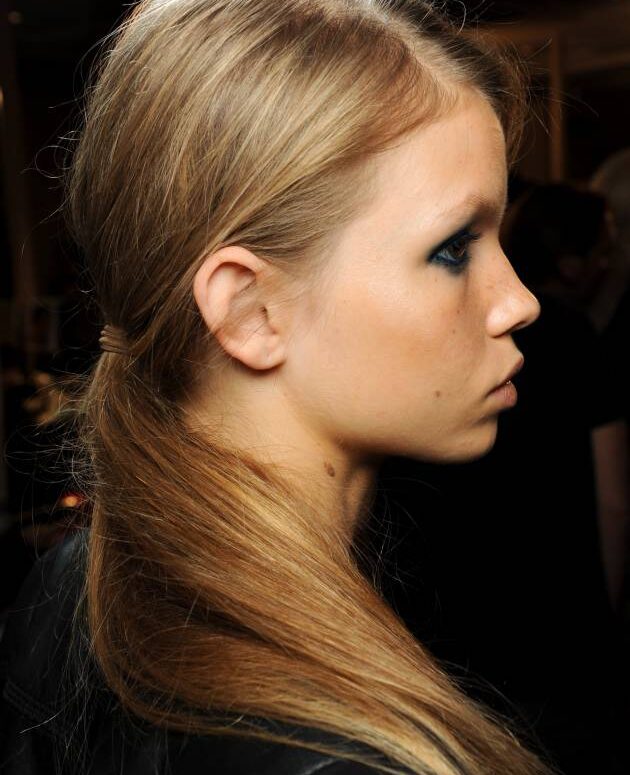 Hairstyle
Spring ponytail
The ponytail is loved mostly for its practicality. In a few seconds, you gather up your hair, tie it up and voilà, your hair is done. But remember that depending on where you place it,…
Hairstyle
Spring ponytail
The ponytail is loved mostly for its practicality. In a few seconds, you gather up your hair, tie it up and voilà, your hair is done. But remember that depending on where you place it,… -
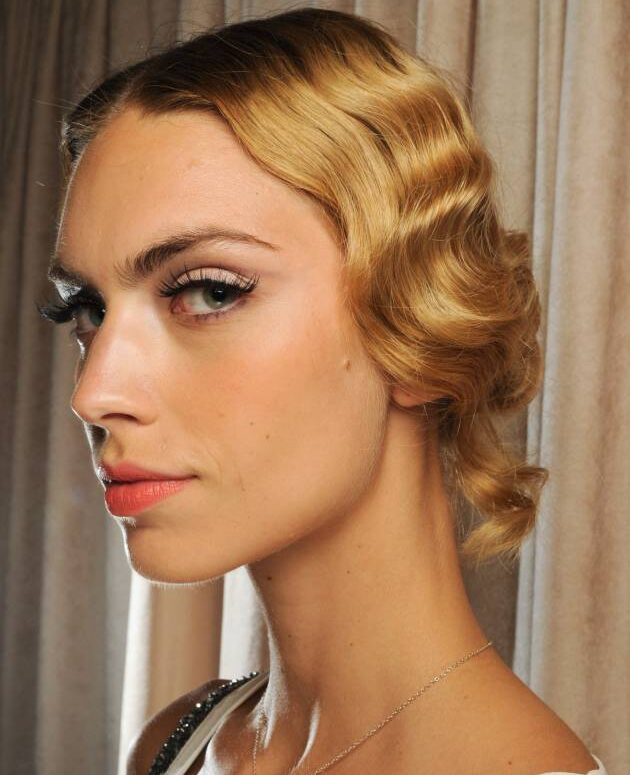 Hairstyle
Crimps for a retro hairstyle
In the past few seasons, retro hairstyles have rediscovered their elegance in the form of some chic and sensual shapes. Here is a focus on these vintage crimps. Crimped hair, 1920s style. This crimped retro hairstyle…
Hairstyle
Crimps for a retro hairstyle
In the past few seasons, retro hairstyles have rediscovered their elegance in the form of some chic and sensual shapes. Here is a focus on these vintage crimps. Crimped hair, 1920s style. This crimped retro hairstyle… -
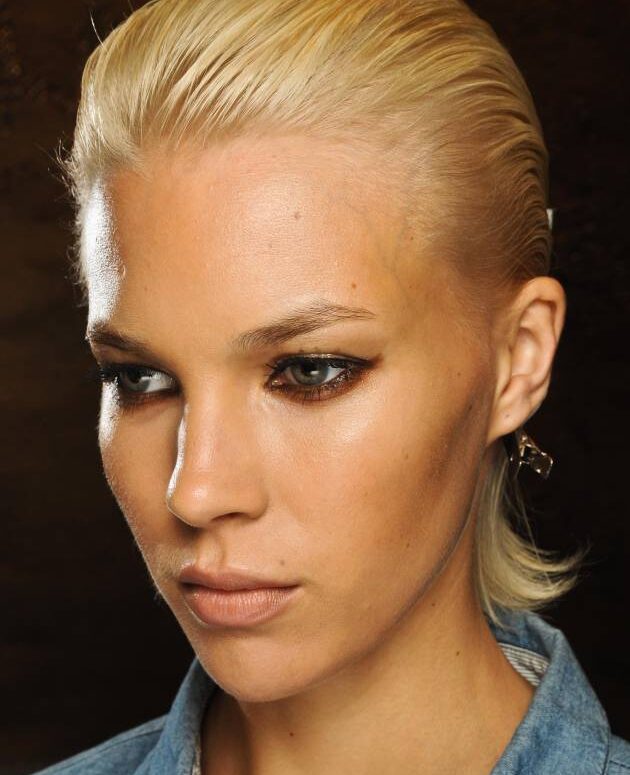 Hairstyle
The wet look, still stylish
The wet look style reminds us of the end of a day at the beach or leaving the swimming pool. It’s the hairstyle to adopt this summer if you want to look like a mermaid.…
Hairstyle
The wet look, still stylish
The wet look style reminds us of the end of a day at the beach or leaving the swimming pool. It’s the hairstyle to adopt this summer if you want to look like a mermaid.… -
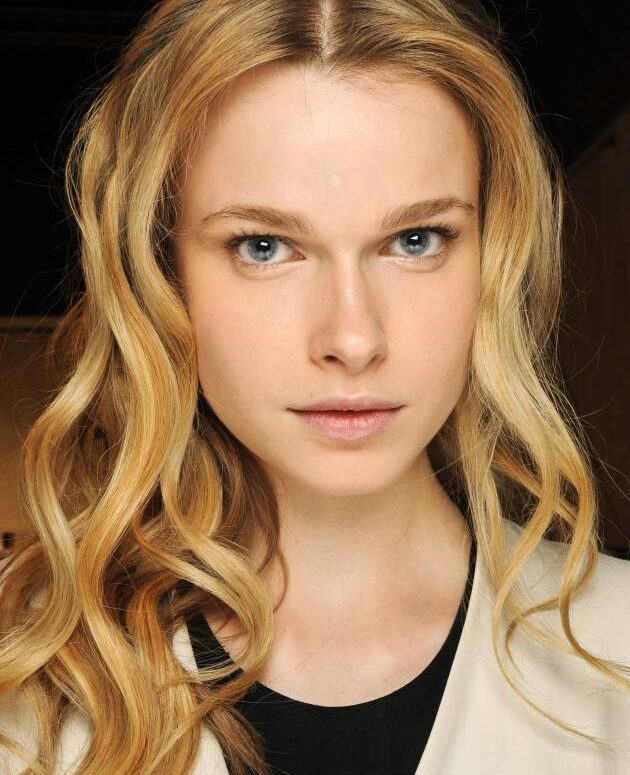 Hairstyle
Give me wavy hair, quick!
When you think of curly and wavy hair, do you struggle to see what the difference is? Time to set this straight! Give the wavy effect a go for an ultra-natural look and subtly defined,…
Hairstyle
Give me wavy hair, quick!
When you think of curly and wavy hair, do you struggle to see what the difference is? Time to set this straight! Give the wavy effect a go for an ultra-natural look and subtly defined,…
Not to be missed
-
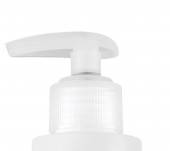 Hairstyle New: Urban Style Perfect Curls
Hairstyle New: Urban Style Perfect Curls -
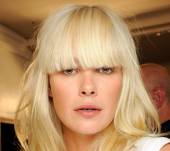 Hairstyle Fringes come in all lengths
Hairstyle Fringes come in all lengths -
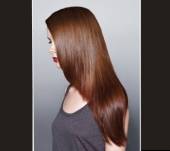 Hairstyle Focus on Japanese straightening
Hairstyle Focus on Japanese straightening -


 France
France
 Spain
Spain
 Italy
Italy
 Polska
Polska
 Portugal
Portugal
 Mexico
Mexico
![[EN] Jean Louis David [EN] Jean Louis David](https://www.jeanlouisdavid.us/app/themes/jld/dist/images/svg/logo-jean-louis-david.svg)
